Archive
2021
KubaParis
A Clearing
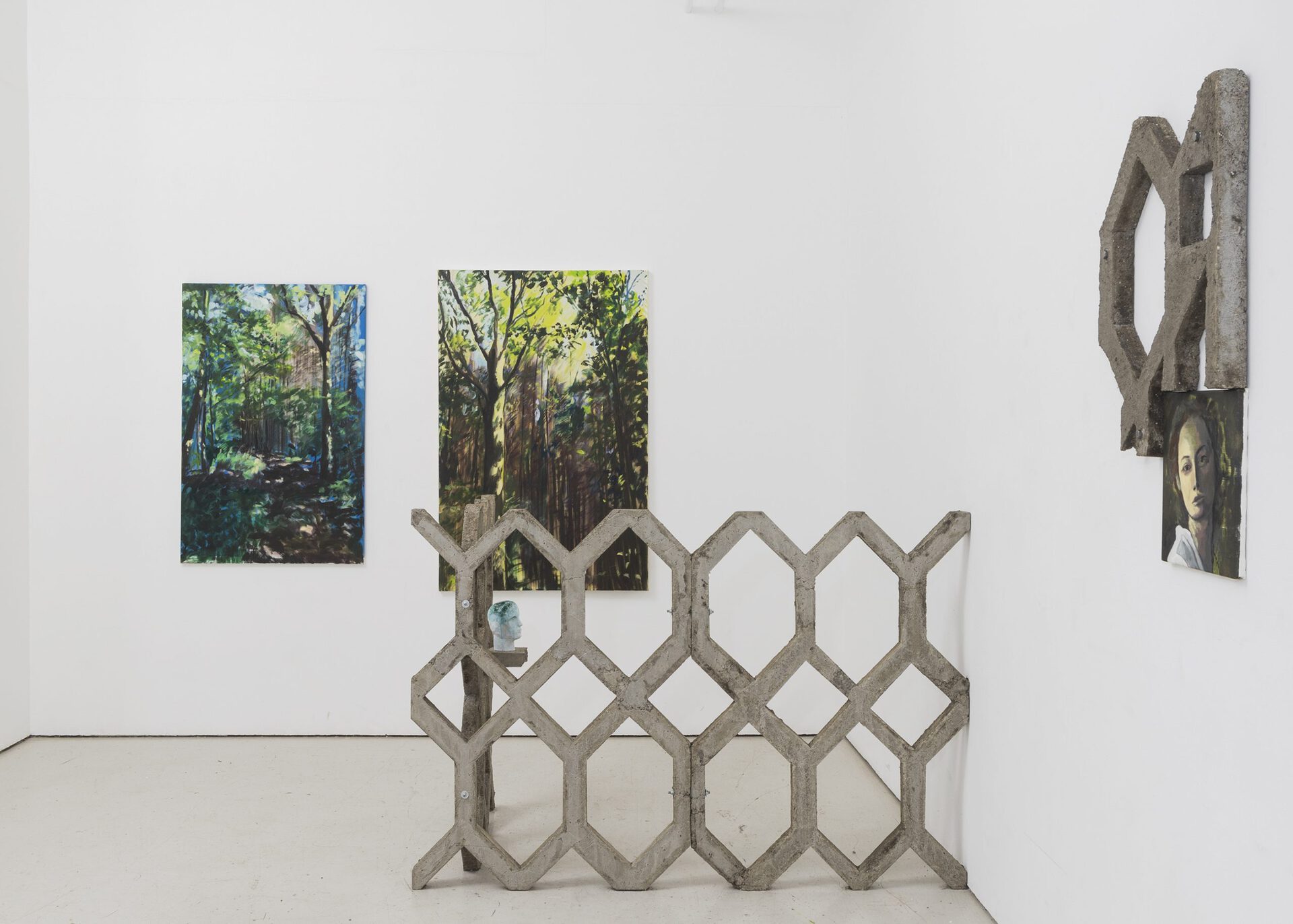
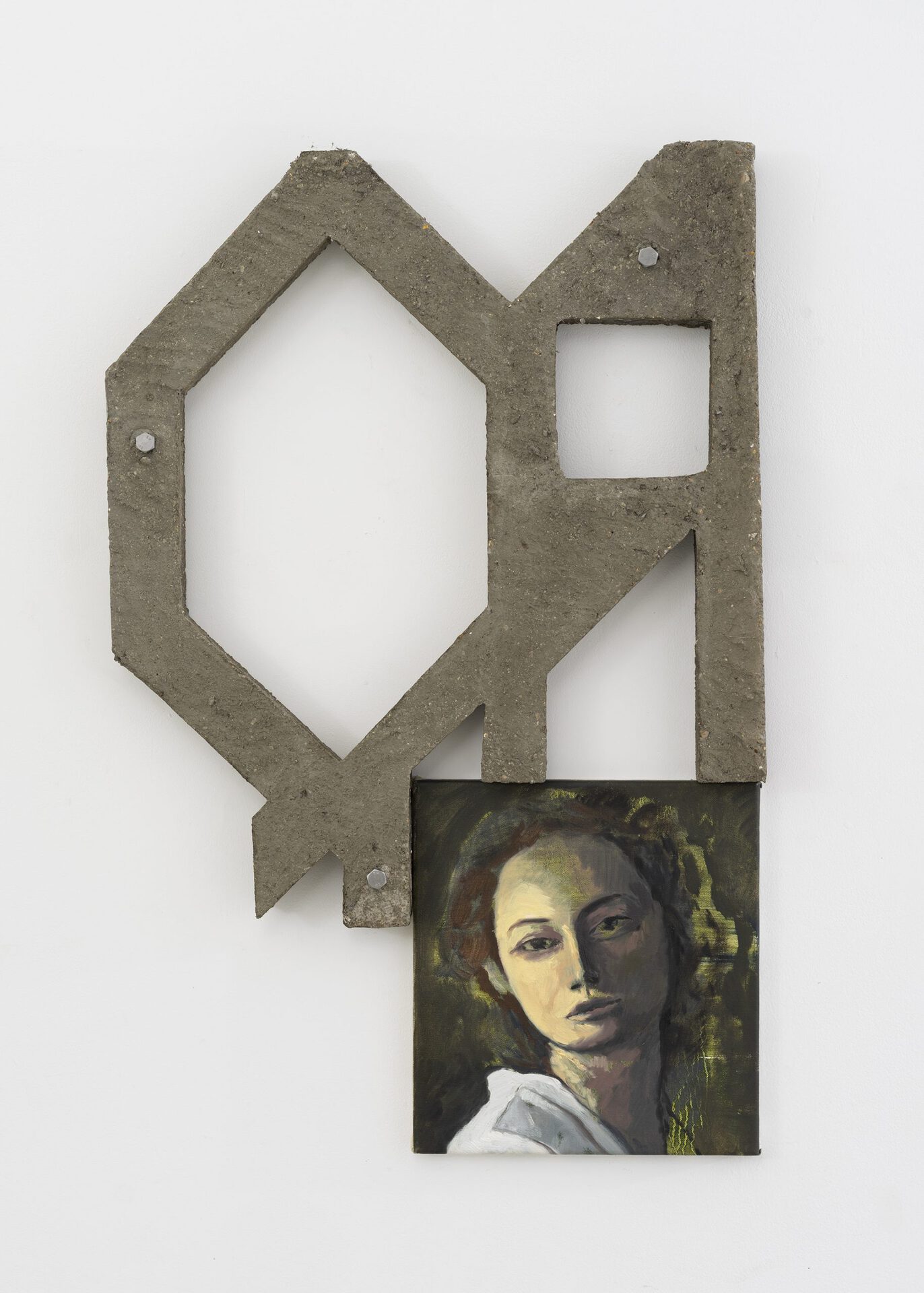
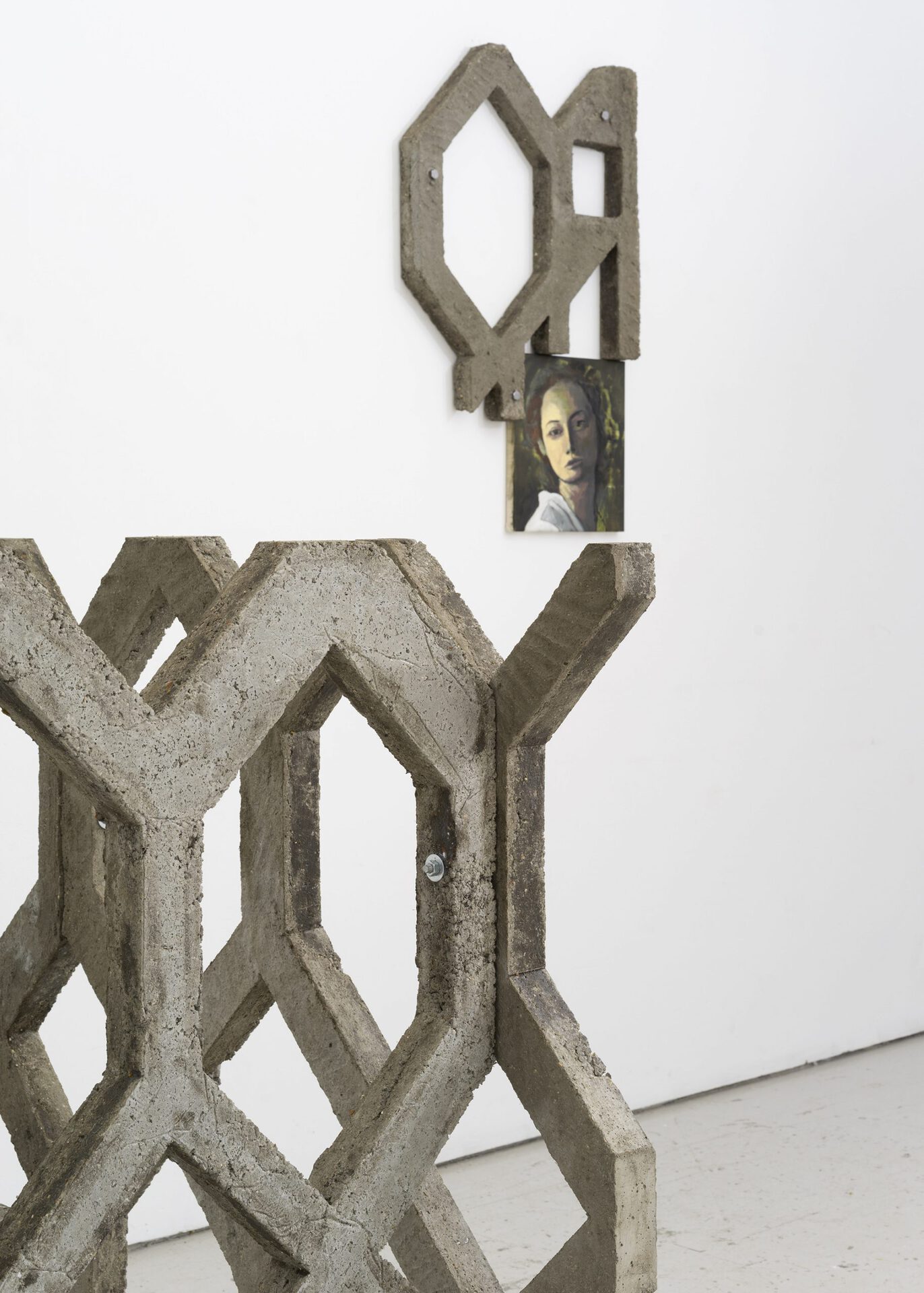
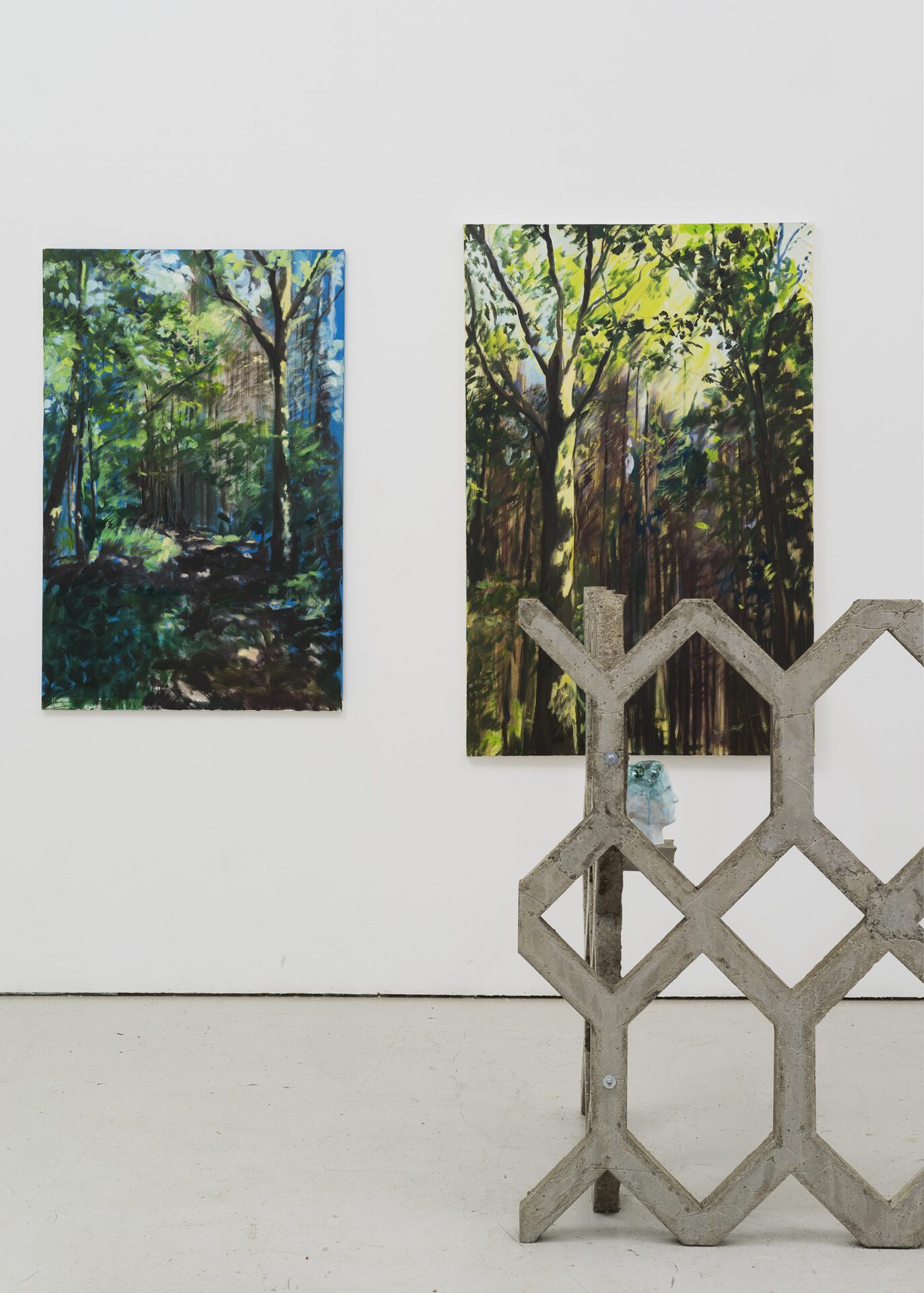
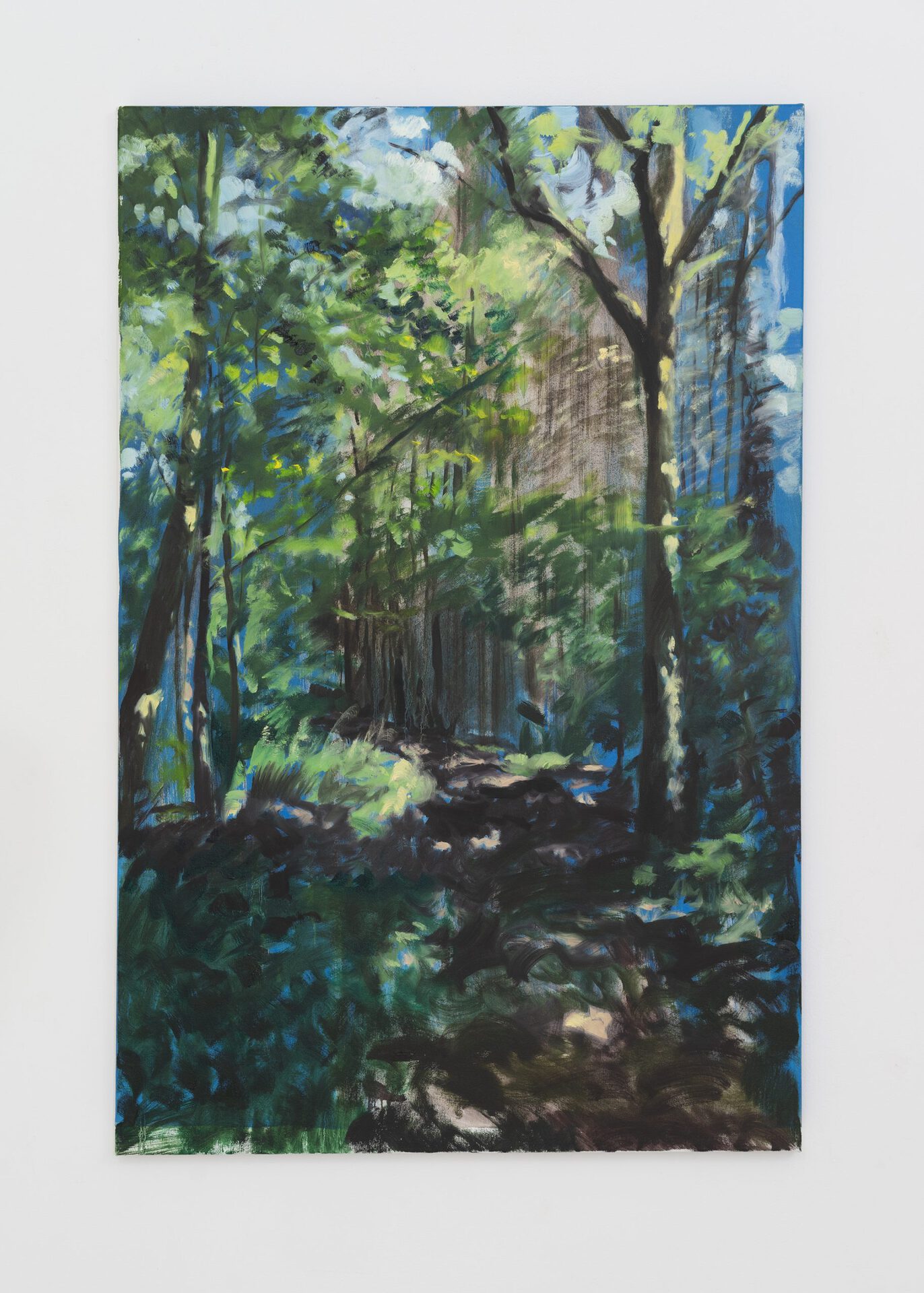
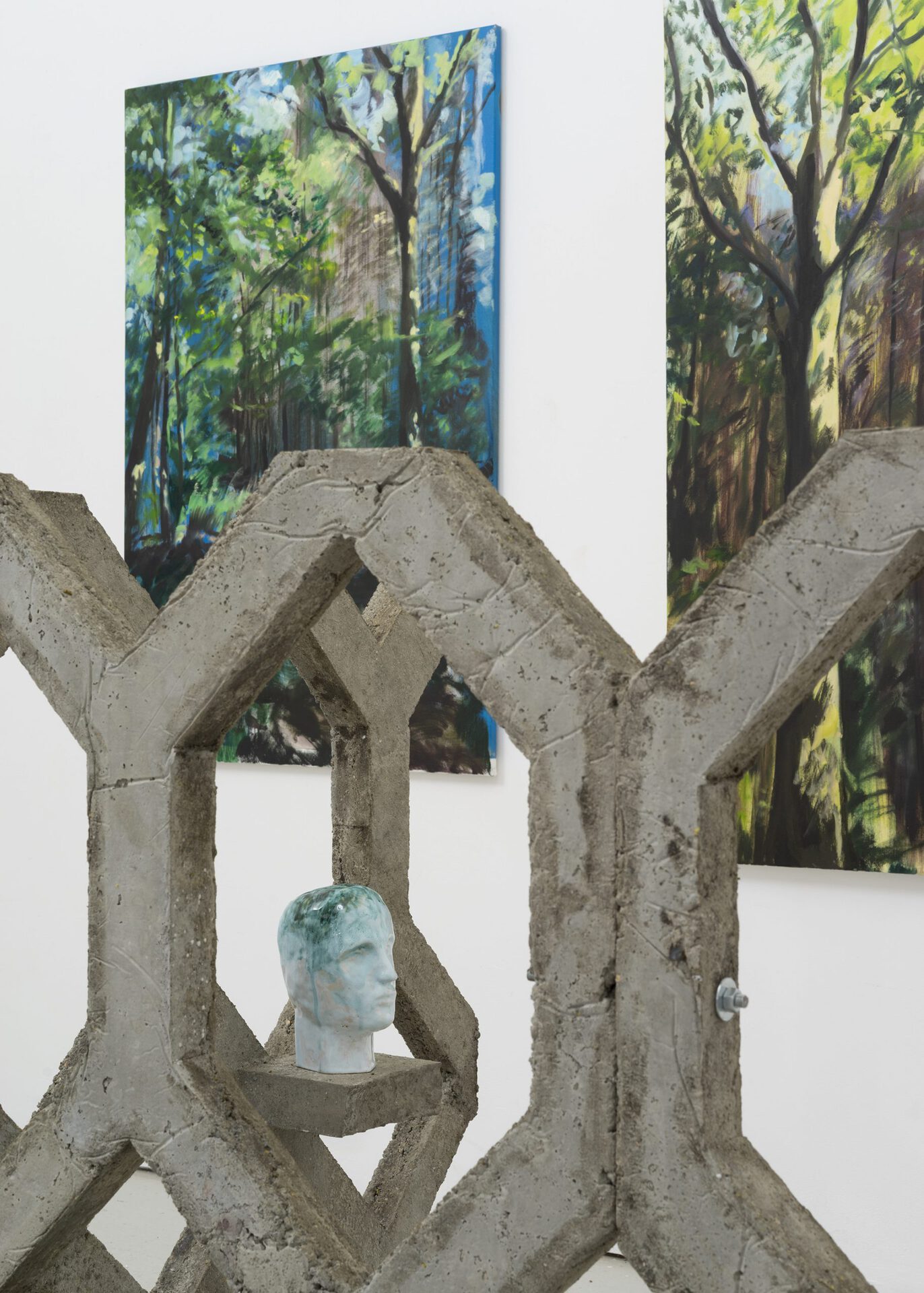
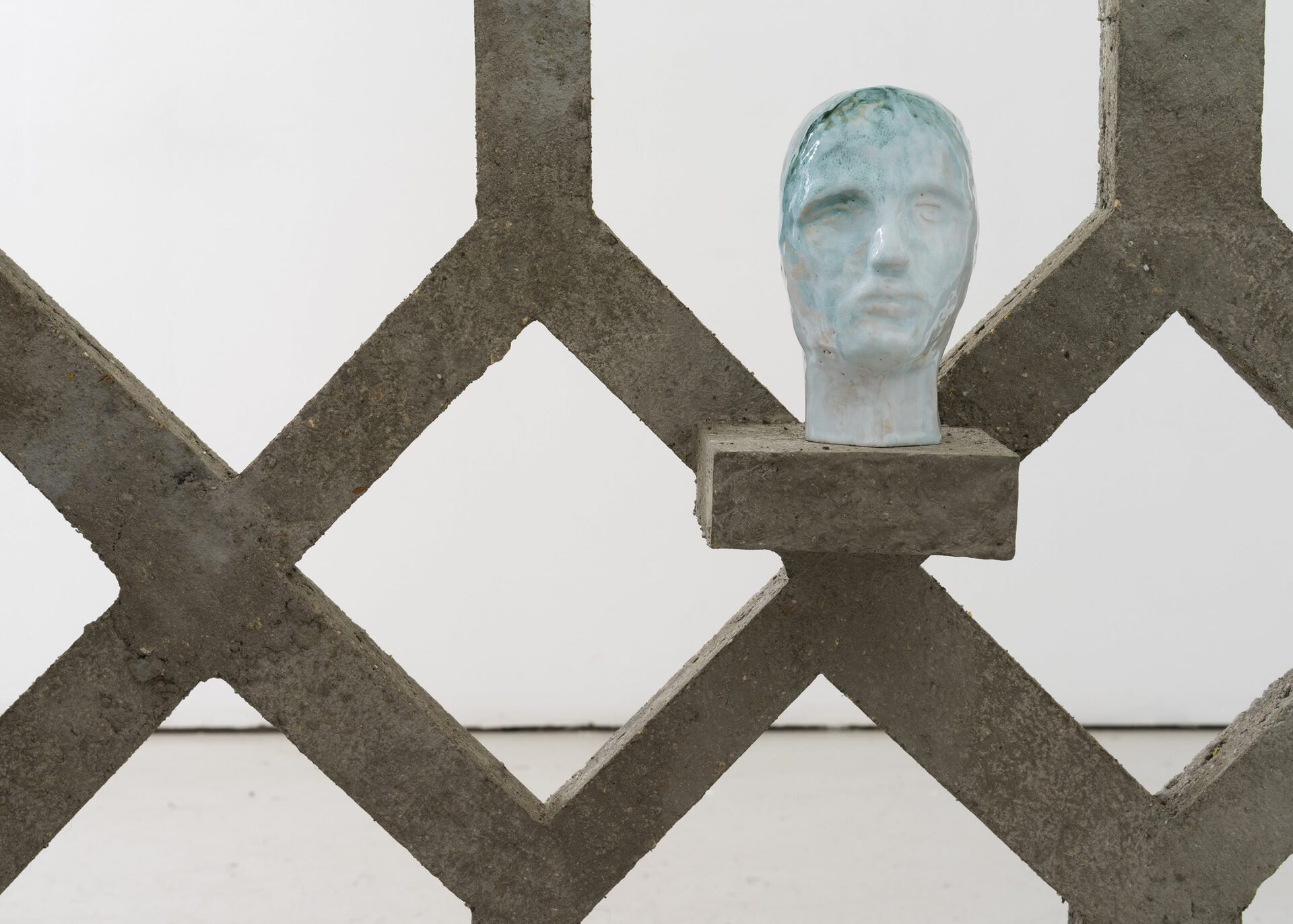
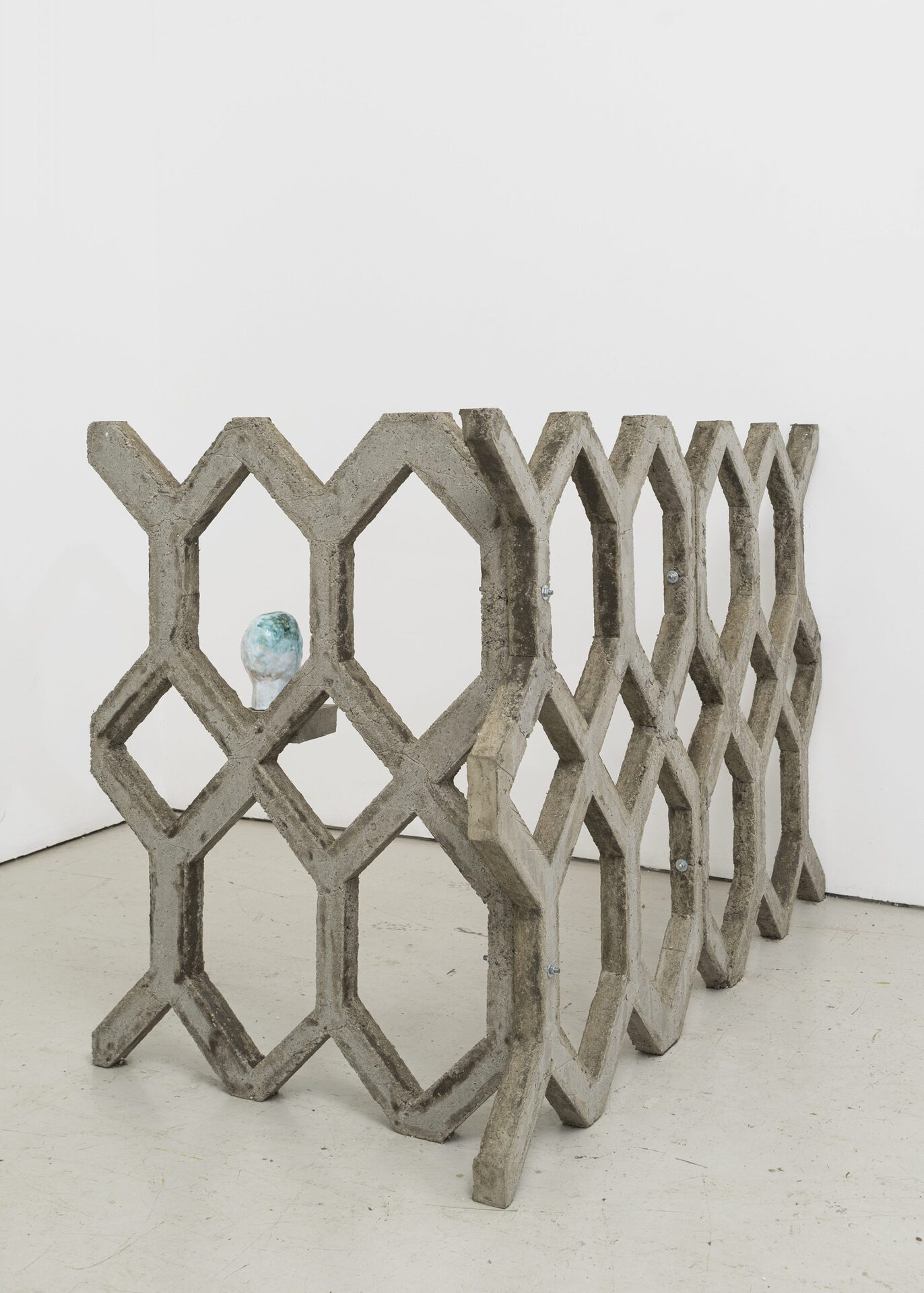
Location
Zona MistaDate
01.10 –13.10.2021Curator
Philipp DorlPhotography
Philipp DorlSubheadline
This exhibition brings together the works of London based painter Ellie Pratt and Berlin based sculptor Ole Meergans. While Ellie, who’s body of work is predominantly dealing pose and portrait, will present new works depicting cropped sections of light flooded woodland, Ole will make a large installation citing architectural elements of Cafe Moskau, a centre piece of Berlins Karl-Marx-Allee, as well as elements of figurative plastic. Ole Meergans (b.1988, Berlin) is a sculptor who lives and works in Berlin. He completed his Master of Fine Arts at UdK Berlin at Manfred Pernice class. In his sculptural installations, he often combines abstracted architectural shapes with figurative plastic. While referring to art and architecture from Eastern Germany and the former Eastern Bloc countries, he questions its contemporary representation and perception. His main focus is public sculptures and architectural art of the time, which aesthetic he reflects and re-contextualises. With his collective COLLCOLL he collaborates to produce public sculptures, questioning modes of public ownership and the meaning of public spaces Ellie Pratt (b.1991, Kent) is a painter who lives and works in London. She completed a BA in Painting at the Slade School of Fine Art in 2013, followed by an MA in Painting at the Royal College of Art in 2015. Recent exhibitions include group shows at Pm/ Am (London), Mackintosh Lane (London), and V.O Curations (London). Drawing upon both historical and contemporary culture, Ellie often juxtaposes inherited forms of representation with personal experiences to form images that capture transient scenes through use of light and colour. Her paintings, often depicting young women inhabiting dark domestic interiors or back lit by sublime landscape, play on a strange tension in the dichotomy of inside and outside worlds, exploring metaphors of the unconscious and blurring boundaries of reality.Text
A Clearing
The German word for ‘clearing’ – ‘Lichtung’ – incorporates the word ‘light’: a ‘light-ing’, an opening, an illumination. A luminosity, perhaps? An area cleared, lit up, suffused with or emanating clarity.
One moves through the thicket of the undergrowth, shaded by the trees towering tall above one, obscured. A leave rustles. A branch snaps. Somewhere an animal may be making an utterance. Sight, usually one’s primary means of orientation, is highly restricted – one moves slowly, attentively.
It is possible to see just a little ahead of one: a few steps, a little further perhaps, but without a horizon in sight. The scenery changes, yes, it varies. But it does so incrementally, with an odd sense of underlying permanence. Variation and repetition. The same tree differently, the elementary structure the same. How long has one been wandering for? Days? Weeks? It may be a case of months now – soon one may lose all sense of perspective.
Suddenly, the trees fall away, and light starts streaming through. It startles one a little. In passing from the sombre half-light into the bright glare of sunshine, things take on a new appearance: they stand in sharp relief, outlines clearly drawn. One may blink. One may stumble, even: it takes a while for the eyes to adjust. Then, as they do, space opens up. It is an event. How does one relate this? How does one frame it? Trees all around. No horizon to be seen even now. A gentle bluster amongst the leaves. Speckles of light on the ground. Shifting the balance, one moves one’s weight from one foot to the other. A repositioning takes place. The eye takes in the scenery, moves around, traverses the open vista before it, hits the trees, then travels up – perpendicular, tracing a landscape in the vertical.
The sun rises behind the Café Moskau. We have been out. We have seen streets, cars, parks, buildings emerge out of the blue of the night, together. We watched the Spree’s waters in the Kupfergraben gush past the Staatsgebäude. The very building sporting the façade from which Karl Liebknecht once proclaimed a ‘Free Socialist Republic of Germany’ now houses Berlin’s top business school. The derelict Palace of the Republic, which would have been on the other side of the street, is long gone, replaced by a construction site. A concrete mixing plant rattling away as we walked past, its noise cutting through the stillness of the morning. One portion of the site’s hoarding stood askew in an unexpectedly pleasing way, the marking of the slanted section misaligned with the rest. We assembled before it, as a wide, open terrain covered with gravel opened up before us. At one end of the site, an assortment of bricks made a partition to separate a small space from the main site. A Hi-Vis jacket hung up on a nail, two bricks jammed into a gap to make a ledge. A bright orange safety helmet on top of it: an oddly anthropomorphic presence within an arid expanse, investing the bare space with an air of domesticity. As we moved further along, we heard a car honk at another. Graffiti on Karl-Marx-Allee. Soon the bakeries will be opening their doors.
Thomas Stephanblome, 2021
Thomas Stephanblome